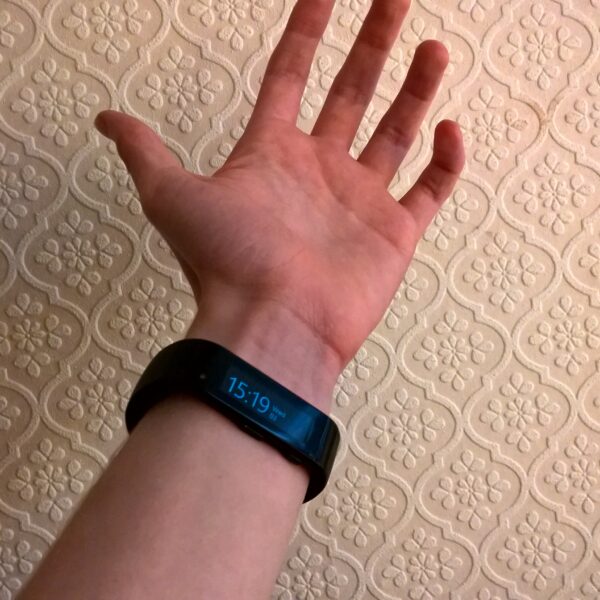Healthcare is essential to life in any country, including the UK. According to the Office for National Statistics, healthcare spending in the UK reached £225.2 billion in 2019, equating to £3,371 spent per individual. The medical field is constantly changing as stakeholders are increasingly interested in improvements to boost health outcomes. Therefore, there are always innovations worth looking out for. Here are some of the best medical innovations to monitor in 2022.
Telehealth and telemedicine
The pandemic increased demand for telehealth and telemedicine services in the UK and beyond. Indeed, among five European Union countries (France, Germany, Spain, and Italy), the UK reportedly has the most established telemedicine market in terms of reimbursement and platform usage. Telemedicine has a wide range of benefits for patients and healthcare providers alike. For instance, if you run a medical practice, telemedicine can reduce your overhead expenses and help you stay in touch with patients who are geographically isolated or can’t leave their homes. Patients also enjoy telemedicine’s inherent comfort, convenience, and affordability. With more people adopting a new way of work and life since the pandemic, this trend will likely only continue gaining momentum this year.
Precision medicine
Many health experts agree that precision medicine has immense potential to shape the future of healthcare. It is estimated that the global precision medicine market was worth £46 billion in 2019, with Britain alone making up £2.4 billion. Precision medicine is simply medical technology advancing to become more personalised to individual patients. It considers individual differences in environment, lifestyle, and genetics to tailor unique treatment plans for patients. The field of oncology uses a lot of precision medicine, but it has several applications in treating infections and rare genetic diseases. Tools like the sCMOS camera are helping medical professionals make headway with precision medicine. However, integrating it into mainstream healthcare remains a challenge till challenges with inequalities and infrastructure are addressed.
3D printing
3D printers are one of the most discussed technologies on the market, and their potential healthcare applications make them an innovation worth keeping taps on. These printers can manufacture implants and even joints that can be used during surgery. Bespoke 3D-printed prosthetics are also increasingly popular. Indeed, many printers are perfecting the art of manufacturing parts that perfectly match individuals’ measurements, allowing for unprecedented mobility and comfort levels. 3D printing’s use for presurgical planning is also fast catching on. Surgeons can attempt procedures on exact replicas of actual patients’ anatomies, potentially increasing success rates while decreasing operating room and recovery time.
Health wearables
Modern fitness enthusiasts rely on health wearables to track everything from their sleeping patterns to the number of steps they take. With an ageing population in many parts of the developed world, these wearables can effectively keep chronic conditions at bay and help patients stay fit. Smartwatches, rings, and hearables are some of the popular health wearables in use today. However, many experts agree that technological advancements won’t cease with devices worn on the body, with many implantables and insideables being developed.
Image Credits: Belova59




Like this article? Share with your friends!